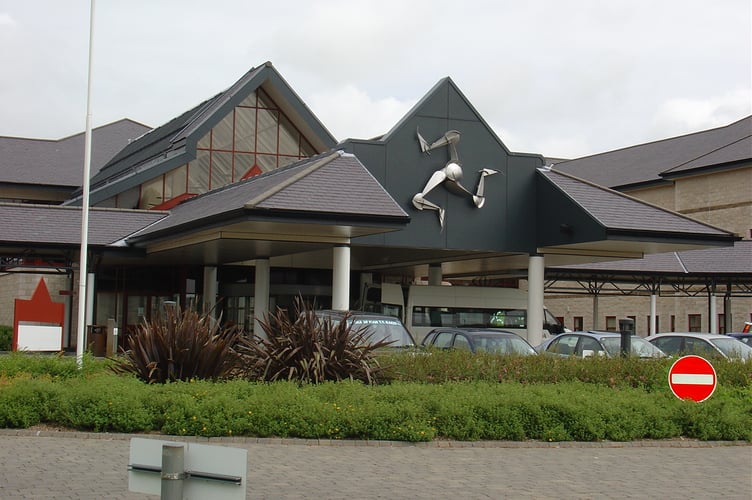Manx Care has said its ‘Restoration and Recovery’ programme has helped surgery reduce waiting lists.
Between August 2022 and May 2023 over 2,000 patients underwent surgery for conditions where lengthy waiting lists had been identified as a concern.
Since the beginning of the (R&R) programme more than 3,000 surgical procedures have now been delivered, more than 1,000 diagnostic tests undertaken and more than 1,000 outpatient appointments delivered.
In October 2022 the R&R programme received £18.3 million of government funding to provide a dedicated service to reduce long waiting lists, one of the actions identified in the Island Plan, which had been further impacted by the covid-19 pandemic.
The funding has been used to partner with the UK provider Synaptik to work alongside the surgical teams already based at Noble’s Hospital to increase Manx Care’s existing capacity and introduce additional teams to perform surgeries, treatments and consultations.
A Manx Care spokesperson said: ‘Phase two of the R&R programme ran from August 2022 to May 2023, and has successfully continued to reduce waiting times for a number of procedures.
‘This phase is focused on orthopaedic, ophthalmology and general surgery. As well as surgeries, Manx Care and Synaptik also provided both treatments and consultations.
‘A detailed update on the programme will be laid before the October sitting of Tynwald, outlining the amount spent, number of surgeries delivered and current waiting times as part of the programme.
‘The update showcases the success of phase two which has resulted in a 79% reduction in the cataract waiting list, a 37% reduction in the orthopaedic inpatient waiting list and a 23% reduction in the General Surgery inpatient waiting list.
‘The reduction in waiting times may now fluctuate in the coming months, as the programme moves to its next phase which is treatment for complex patients and those who were unable to accept surgeries on the shorter timetables.
‘Manx Care continue to work with patients to ensure they are seen as early as possible to maximise the number of patients benefiting from this activity.’


-(1).jpeg?width=209&height=140&crop=209:145,smart&quality=75)

Comments
This article has no comments yet. Be the first to leave a comment.